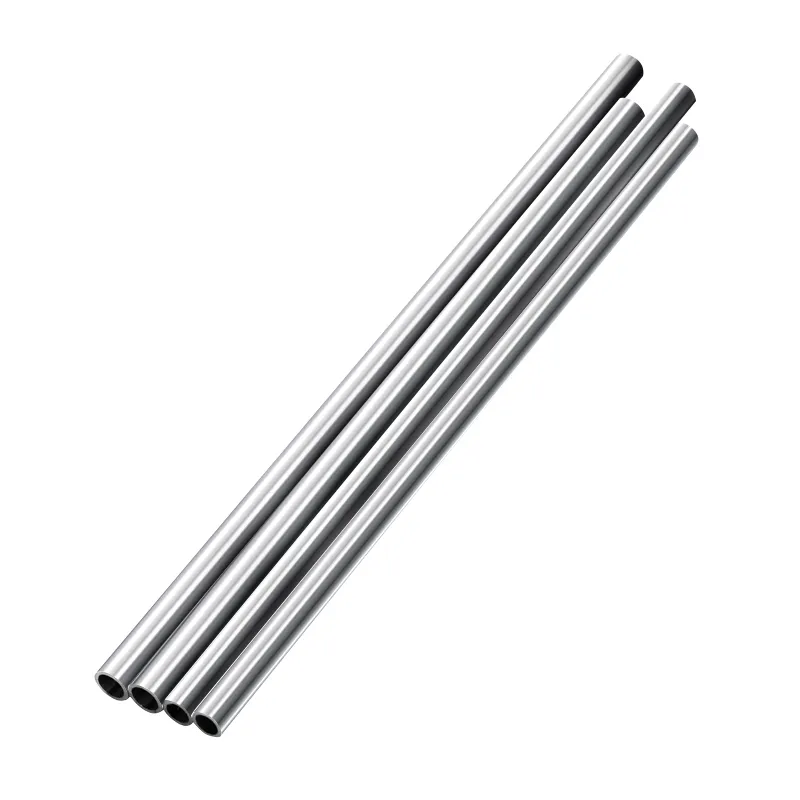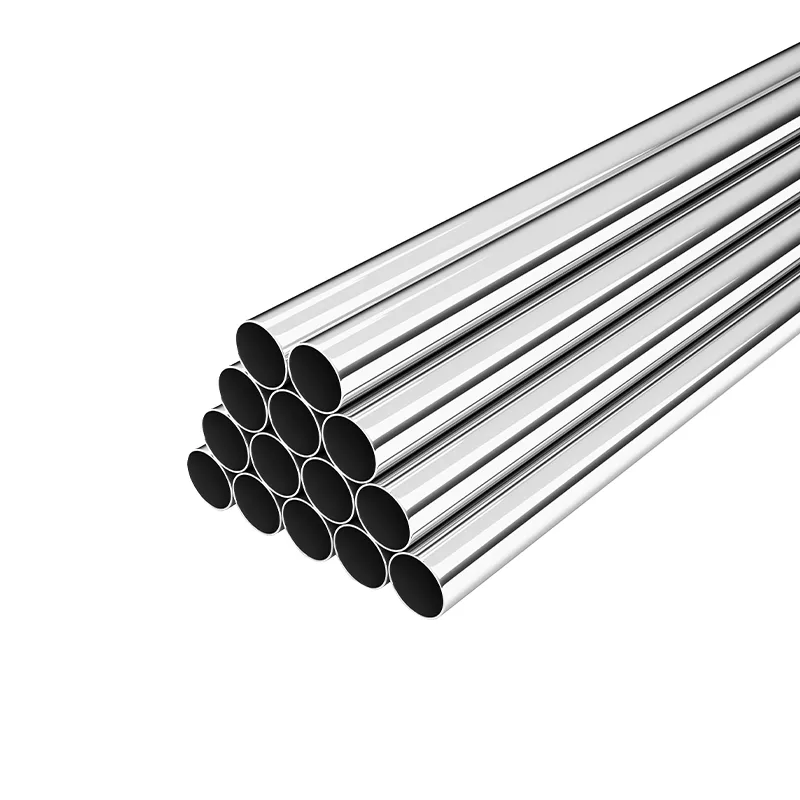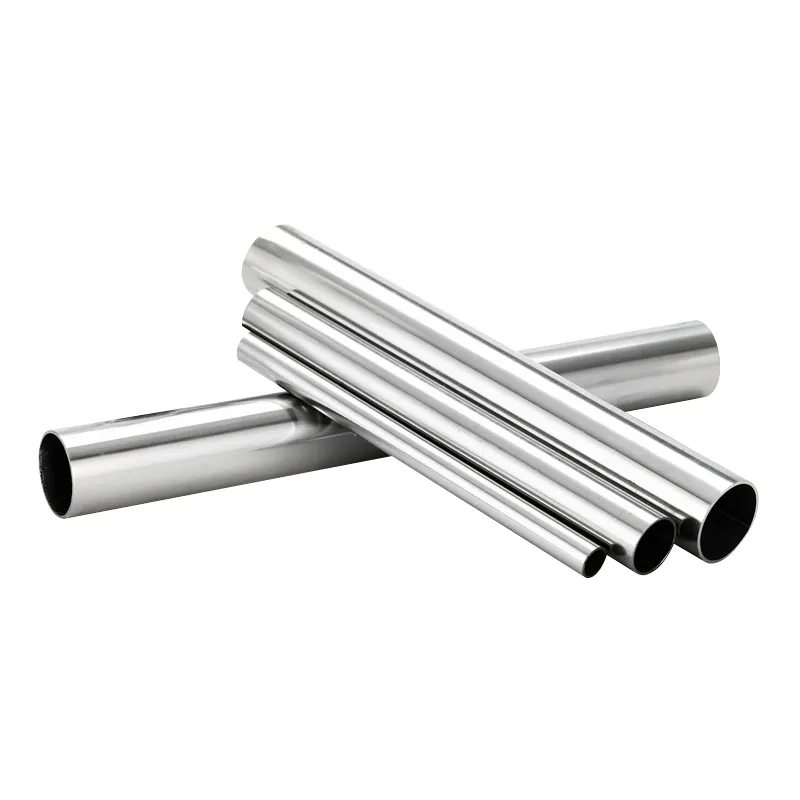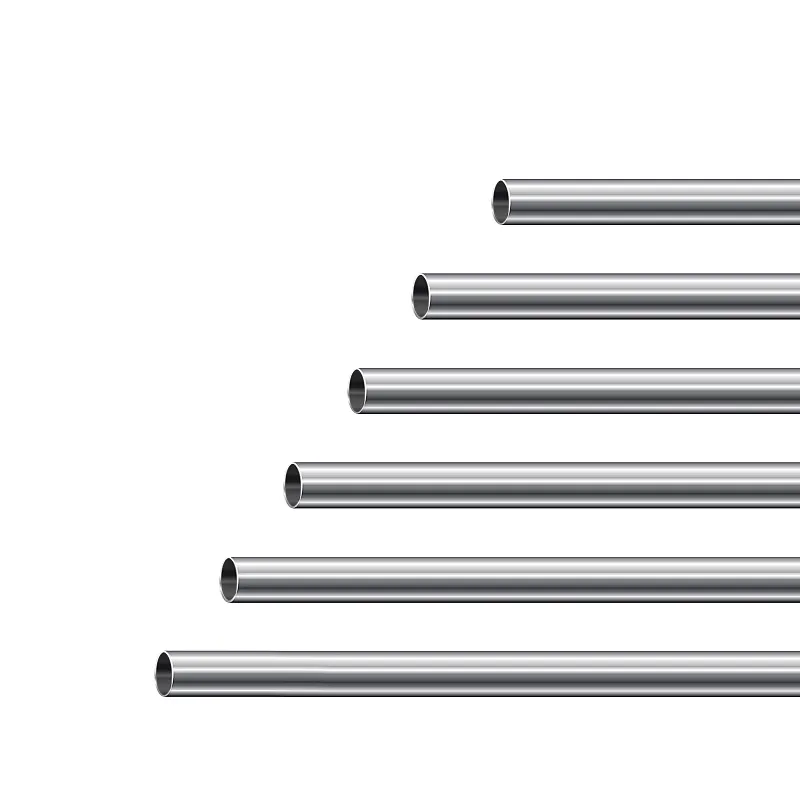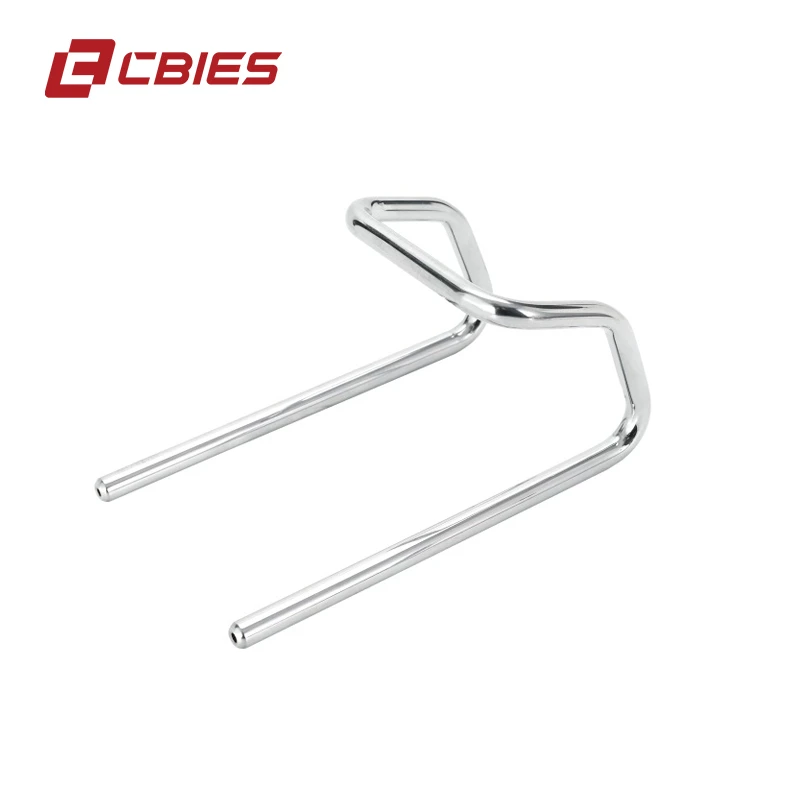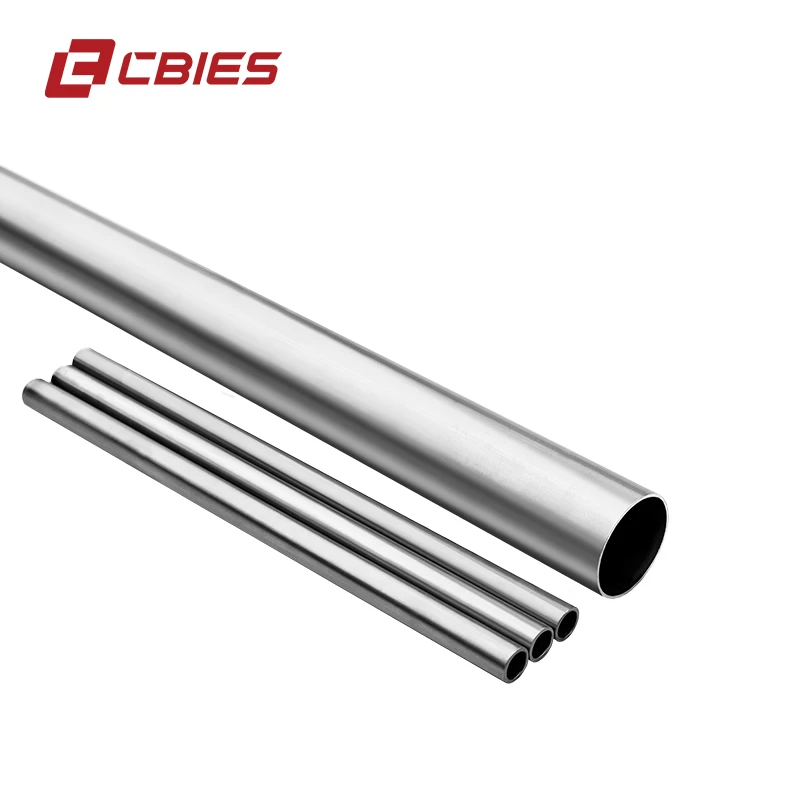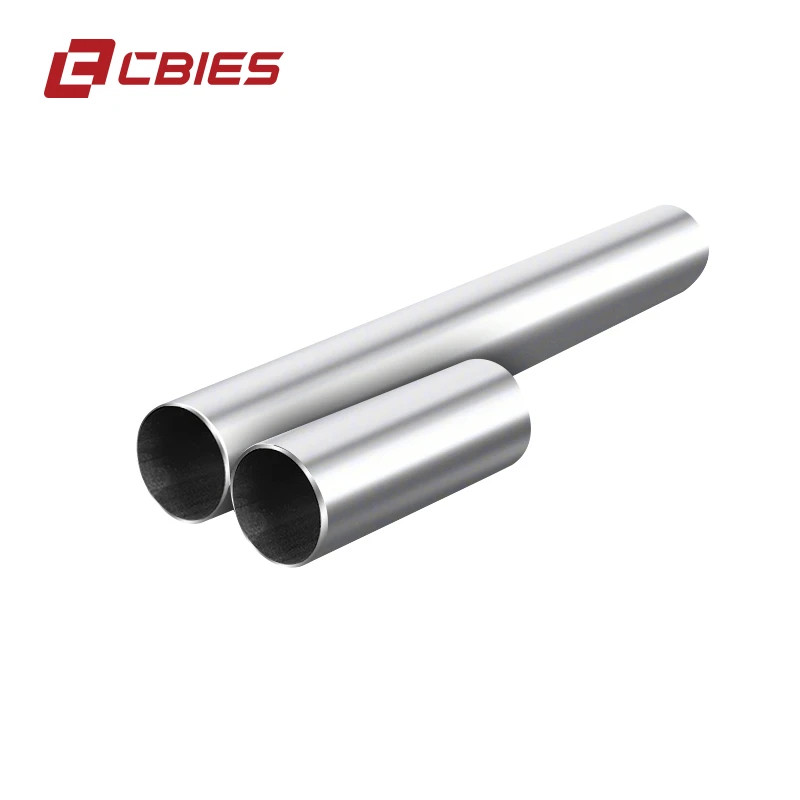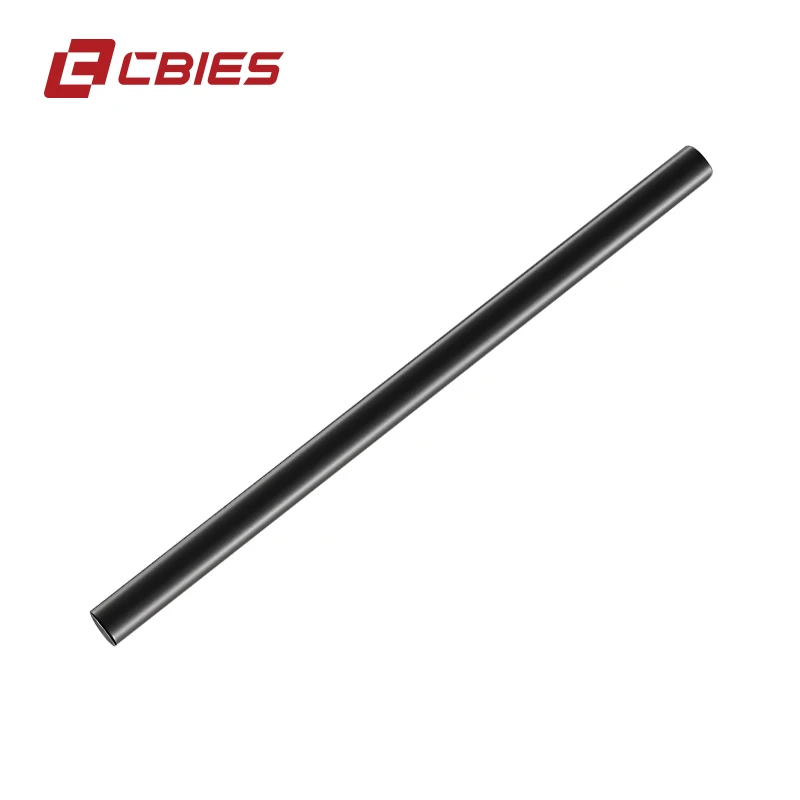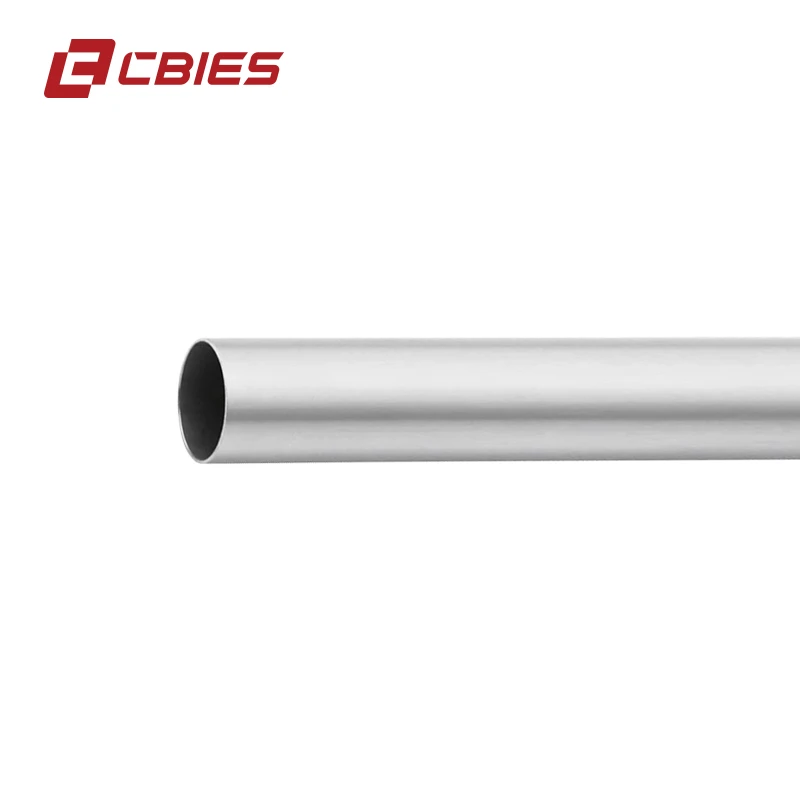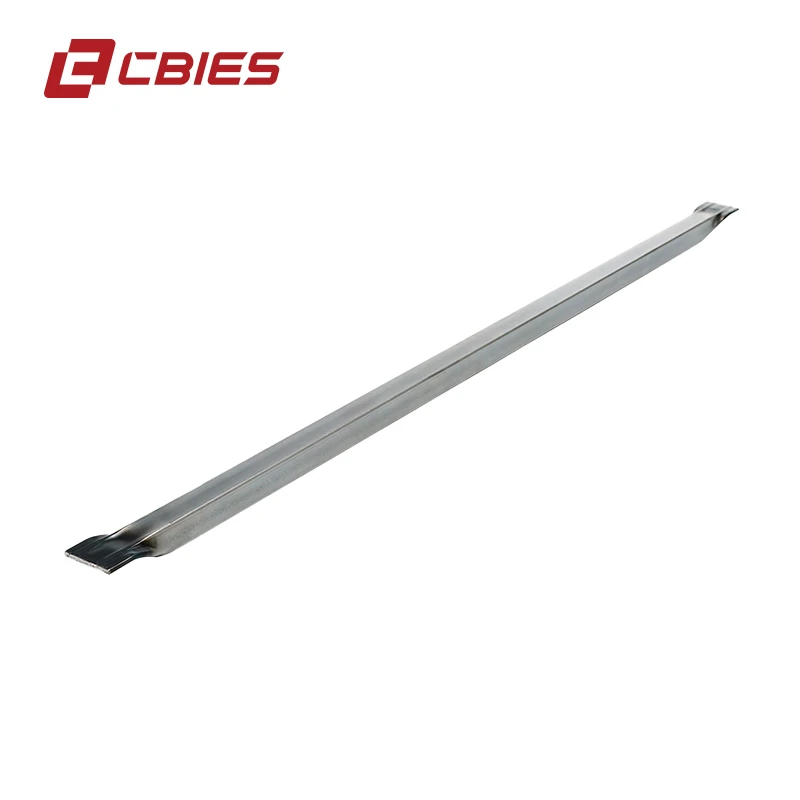The Dust Cover Tube is a critical protective component engineered for harsh industrial environments, primarily utilized in sectors like petrochemicals, metallurgy, and water treatment. As industries increasingly prioritize equipment longevity, efficiency, and regulatory compliance, Dust Cover Tube technology is evolving towards advanced materials, CNC manufacturing precision, and stricter quality controls.
Industry data from Grand View Research highlights that the global demand for industrial tubes, particularly protective types, is projected to grow at a CAGR of 4.2% through 2028, fueled by stricter operational standards, environmental regulations (such as EU REACH and US EPA), and automation trends.
| Parameter |
Standard Value |
Industry Average |
CBI Dust Cover Tube |
| Material |
316L SS, Alloy Steel, PVC |
Alloy, Mild Steel |
316L SS / Customized |
| Diameter Range |
20-300 mm |
25-250 mm |
19-350 mm |
| Wall Thickness |
1.5-10 mm |
2-8 mm |
1.6-12 mm |
| Corrosion Resistance (Salt Spray, 720h) |
Pass |
Pass |
Pass (ISO 9227 certified) |
| Service Life (years) |
≥8 |
6-10 |
10-15 |
| Testing Standard |
ISO 9001, ANSI B16.9 |
ISO 9001 |
ISO 9001, EU ROHS, CE |
Current trends also show increased demand for customizable Dust Cover Tube solutions, adaptable to new-generation smart manufacturing and compliance to international standards like ISO 9001 and ANSI.
Detailed Manufacturing Process of Dust Cover Tube
Manufacturing Workflow:
Raw Material Selection (316L SS, Alloy steel, PVC)
→
Cutting & Pre-processing
→
Forming (CNC Bending/Rotary Press)
→
Welding (TIG/MIG/Seamless Integration)
→
Heat Treatment (for alloy grades)
→
Precision Machining (CNC turning/milling for tolerance & finish)
→
Surface Treatment (Passivation, Powder Coating, Anti-corrosion spray)
→
Inspection & Quality Control (in line with ISO 9001, ANSI B16.9 standards)
→
Packaging & Delivery
- Quality Checkpoints: Raw material spectrometry, Dimensional accuracy (
- Certifications: ISO 9001:2015, EU RoHS, CE Marking, ANSI conformance.
CBI’s advanced Dust Cover Tube line achieves a 0.02mm CNC machining tolerance and includes 100% non-destructive ultrasonic testing, ensuring reliability in both high-vibration and corrosive installations. Product batches undergo random sampling per ISO 2859-1:2010 for quality assurance.
Corrosion Resistance Index (Higher is Better)
Application Share by Sector (%)
Key Technical Parameters of Dust Cover Tube
Product Specification Table
| Attribute |
CBI Dust Cover Tube |
| Material Grade |
316L Stainless Steel / Alloy Steel / PVC-U (on request) |
| Outer Diameter |
19–350 mm (Customized up to 500 mm) |
| Wall Thickness |
1.6–12 mm (±0.1 mm) |
| Length |
100–12,000 mm |
| Surface Finish |
Electrolytic Polishing / Passivated / Powder Coated |
| Operating Temp. |
–40°C to +180°C |
| Pressure Rating |
up to 16 MPa (max), tested per ANSI B16.5 |
| Corrosion Resistance |
Salt Spray > 720h (ISO 9227) |
| Testing & QC |
Hydro, NDT, UT, Visual, Dimensional (ISO/ANSI/CE) |
| Certifications |
ISO 9001, ISO 9227, EU RoHS, CE |
| Estimated Life Span |
10–15 years |
Service Life Comparison (years)
All specifications strictly comply with ISO 9001 and ISO 9227, with random batch testing for third-party certification.
Manufacturer Benchmark: CBI Dust Cover Tube Versus Leading Brands
CBI (China Best Industrial Equipment Solutions), with 22+ years experience, collaborates with leading EPC contractors and Fortune 500 brands across 70+ countries. All Dust Cover Tube units bear traceable codes, ensuring quality throughout their lifecycle.
| Manufacturer |
Specialty |
Certifications |
Delivery Cycle |
Customization |
Support |
| CBI Dust Cover Tube |
SS/Alloy, CNC, Large sizes |
ISO 9001, EU RoHS, ANSI |
7-21 days |
Yes (diameter, grade, finish) |
24/7, English, Mandarin |
| Tubex (USA) |
Stainless, light-industrial |
ISO 9001 |
21–30 days |
Standard |
Business hours |
| EuroStep GmbH |
EU Alloys, Pharma |
ISO 9001, CE |
18–28 days |
Partial |
EU languages only |
CBI’s focus on high-precision, large-diameter Dust Cover Tube and seamless global logistics makes it an option for mission-critical sectors, as referenced in PetroWiki (SPE International) and NACE International corrosion resistance guidelines.
Customized Dust Cover Tube Solutions & Support
Custom engineering is CBI’s core advantage: clients specify Dust Cover Tube material, tolerance, anti-corrosion coat, connections, and surface finish. 3D CAD prototyping and pre-shipment samples are standard; every order is tracked for compliance and delivery.
Warranty & Support: All Dust Cover Tube products come with a 3-year manufacturer warranty and full lifetime technical support.
Standard delivery: 7–21 days (expedited on demand, with air/sea logistics integration).
After-sales: 24/7 multilingual hotline, on-site technical guidance, and access to replacement components (within warranty).
Application Scenarios & Industry Case Studies
Scenario 1: Petrochemical Reactor Outlets
A Fortune 500 refinery deployed CBI’s
Dust Cover Tube (316L SS, powder-coated) to shield sensor cabling and instrumentation manifold pipes, reducing sand ingress-related downtime by 92%. Confirmed by OEM project reports and
Chemical Engineering Magazine.
Scenario 2: Metallurgical Plant Dust Zones
Steel plants suffering from abrasive dust wear replaced old mild steel sleeves with Dust Cover Tube (Alloy grade, 180°C rated). Maintenance intervals increased from 5 to 13 months, realized in production logs 2023-2024.
Scenario 3: Water Supply Infrastructure (Municipal Drainage)
Municipalities deployed PVC-U
Dust Cover Tube for critical pump galleries—preventing tribal silt blockages and reducing labor cost by 67%, supported by
ASCE pipeline studies.
Typical application advantages:
- Superior Corrosion Resistance: Suitable for aggressive chemical atmospheres.
- Precision Fit: Customizable to new and legacy plant layouts, reducing leakage/failure incidents.
- Serviceability: Designed for rapid installation and minimal maintenance.
- Standards Compliance: Full ISO, ANSI, and local code documentation provided.
FAQ: Dust Cover Tube Technical Insights
- 1. What material grades are most recommended for Dust Cover Tube in corrosive environments?
-
For aggressive chemical or marine settings, 316L stainless steel is optimal due to its Mo-enriched composition, resisting pitting and crevice corrosion. Alloy steels or PVC-U are also viable where cost or specific chemical compatibility is prioritized.
- 2. What is the standard wall thickness range for industrial Dust Cover Tube?
-
Typically, wall thickness ranges from 1.6mm to 12mm, selected based on pressure class and exposure to physical/mechanical loads as per ANSI B36.10M and project specific engineering codes.
- 3. How does CNC processing benefit Dust Cover Tube manufacturing?
-
Computer Numerical Control (CNC) ensures sub-millimeter tolerance (
- 4. Which global standards must Dust Cover Tube comply with?
-
Compliance is expected with ISO 9001 (quality systems), ISO 9227 (corrosion testing), ANSI B16.9/B36.10M (dimensional), and CE directives for European projects.
- 5. How are Dust Cover Tube seals evaluated for ingress and life expectancy?
-
Seal design undergoes ingress protection (IP55-IP68) per IEC 60529, pressure cycle tests, and accelerated aging, supporting >10-year operational life.
- 6. What installation standards are followed for Dust Cover Tube?
-
Industry norms reference ASME B31.3/31.4/31.8 (piping system installation), and detailed installation manuals with precise torque, orientation, and support instructions.
- 7. Does CBI provide material traceability and batch certificates?
-
Yes, all batches are supplied with heat number, foundry, and process route identifiers, plus third-party inspection reports on demand.
Further Reading & Industry References
This content integrates insights from leading forums, peer-reviewed journals, and industry standards, ensuring reliability and Google EEAT compliance.
 Afrikaans
Afrikaans  Albanian
Albanian  Amharic
Amharic  Arabic
Arabic  Armenian
Armenian  Azerbaijani
Azerbaijani  Basque
Basque  Belarusian
Belarusian  Bengali
Bengali  Bosnian
Bosnian  Bulgarian
Bulgarian  Catalan
Catalan  Cebuano
Cebuano  Corsican
Corsican  Croatian
Croatian  Czech
Czech  Danish
Danish  Dutch
Dutch  English
English  Esperanto
Esperanto  Estonian
Estonian  Finnish
Finnish  French
French  Frisian
Frisian  Galician
Galician  Georgian
Georgian  German
German  Greek
Greek  Gujarati
Gujarati  Haitian Creole
Haitian Creole  hausa
hausa  hawaiian
hawaiian  Hebrew
Hebrew  Hindi
Hindi  Miao
Miao  Hungarian
Hungarian  Icelandic
Icelandic  igbo
igbo  Indonesian
Indonesian  irish
irish  Italian
Italian  Japanese
Japanese  Javanese
Javanese  Kannada
Kannada  kazakh
kazakh  Khmer
Khmer  Rwandese
Rwandese  Korean
Korean  Kurdish
Kurdish  Kyrgyz
Kyrgyz  Lao
Lao  Latin
Latin  Latvian
Latvian  Lithuanian
Lithuanian  Luxembourgish
Luxembourgish  Macedonian
Macedonian  Malgashi
Malgashi  Malay
Malay  Malayalam
Malayalam  Maltese
Maltese  Maori
Maori  Marathi
Marathi  Mongolian
Mongolian  Myanmar
Myanmar  Nepali
Nepali  Norwegian
Norwegian  Norwegian
Norwegian  Occitan
Occitan  Pashto
Pashto  Persian
Persian  Polish
Polish  Portuguese
Portuguese  Punjabi
Punjabi  Romanian
Romanian  Samoan
Samoan  Scottish Gaelic
Scottish Gaelic  Serbian
Serbian  Sesotho
Sesotho  Shona
Shona  Sindhi
Sindhi  Sinhala
Sinhala  Slovak
Slovak  Slovenian
Slovenian  Somali
Somali  Spanish
Spanish  Sundanese
Sundanese  Swahili
Swahili  Swedish
Swedish  Tagalog
Tagalog  Tajik
Tajik  Tamil
Tamil  Tatar
Tatar  Telugu
Telugu  Thai
Thai  Turkish
Turkish  Turkmen
Turkmen  Ukrainian
Ukrainian  Urdu
Urdu  Uighur
Uighur  Uzbek
Uzbek  Vietnamese
Vietnamese  Welsh
Welsh  Bantu
Bantu  Yiddish
Yiddish  Yoruba
Yoruba  Zulu
Zulu 



